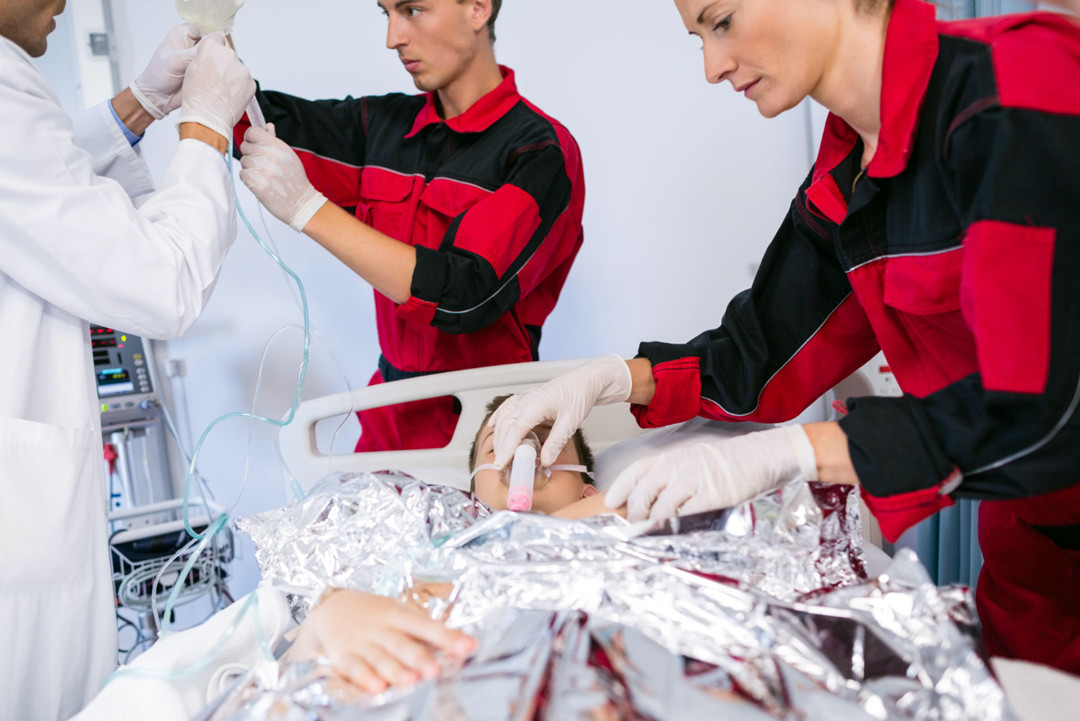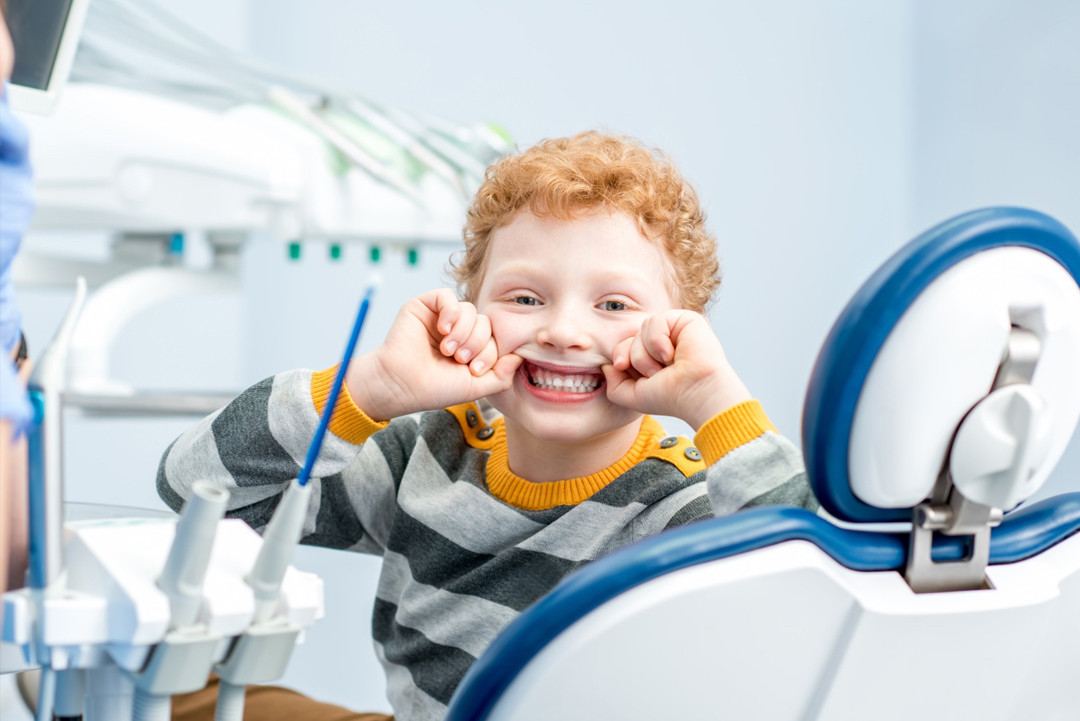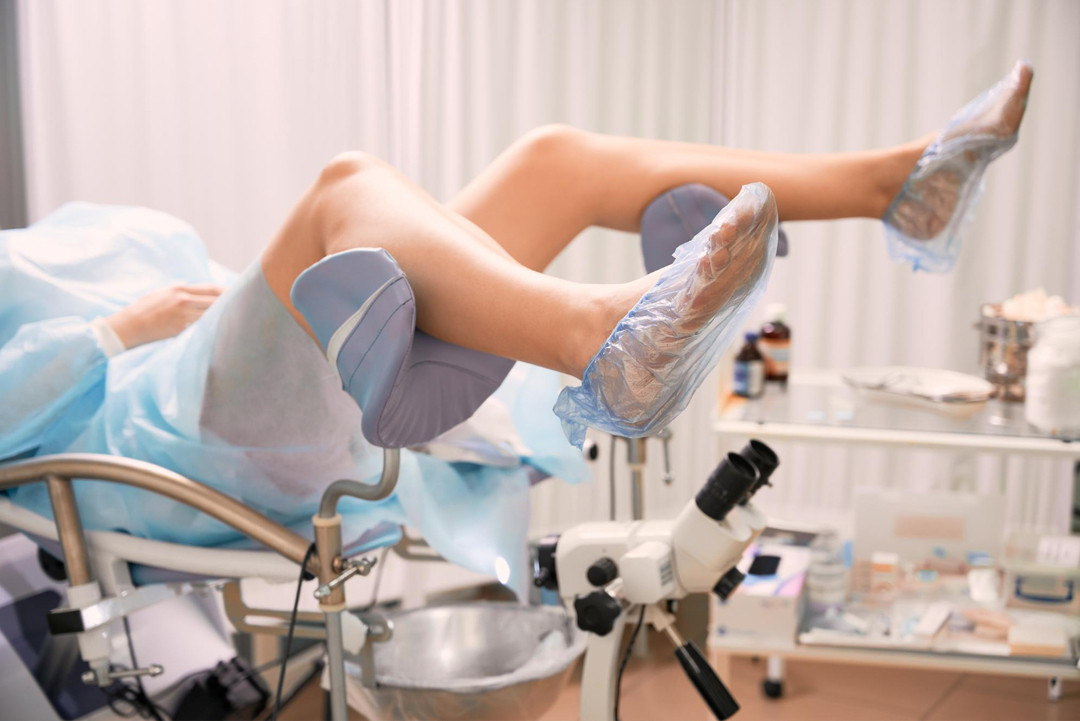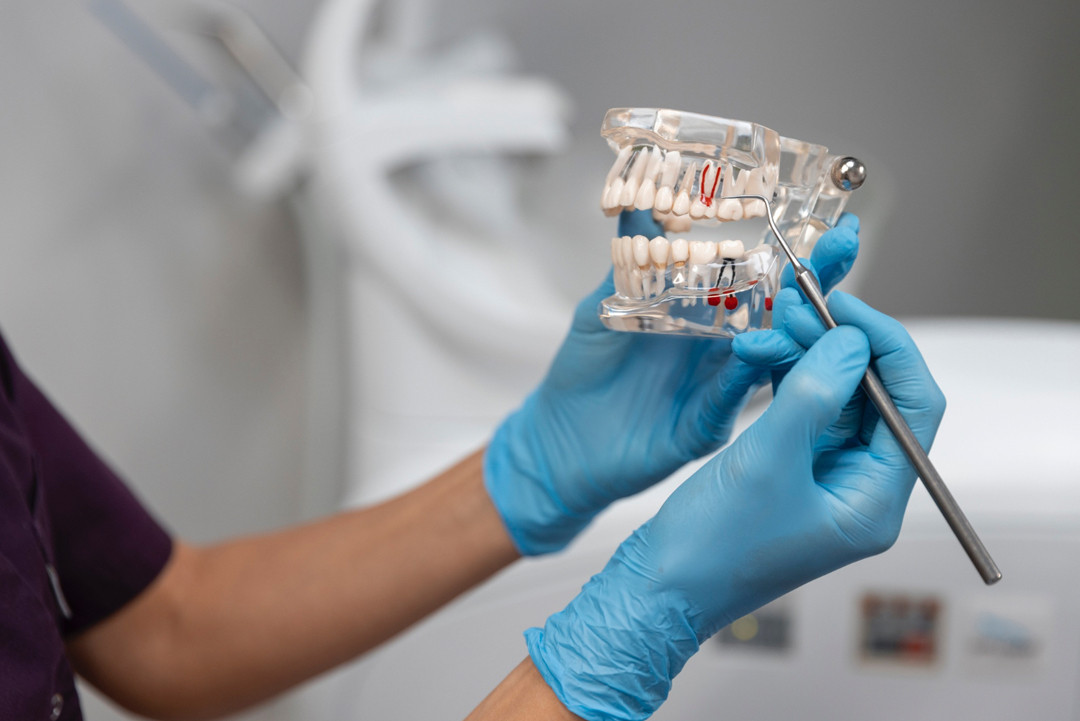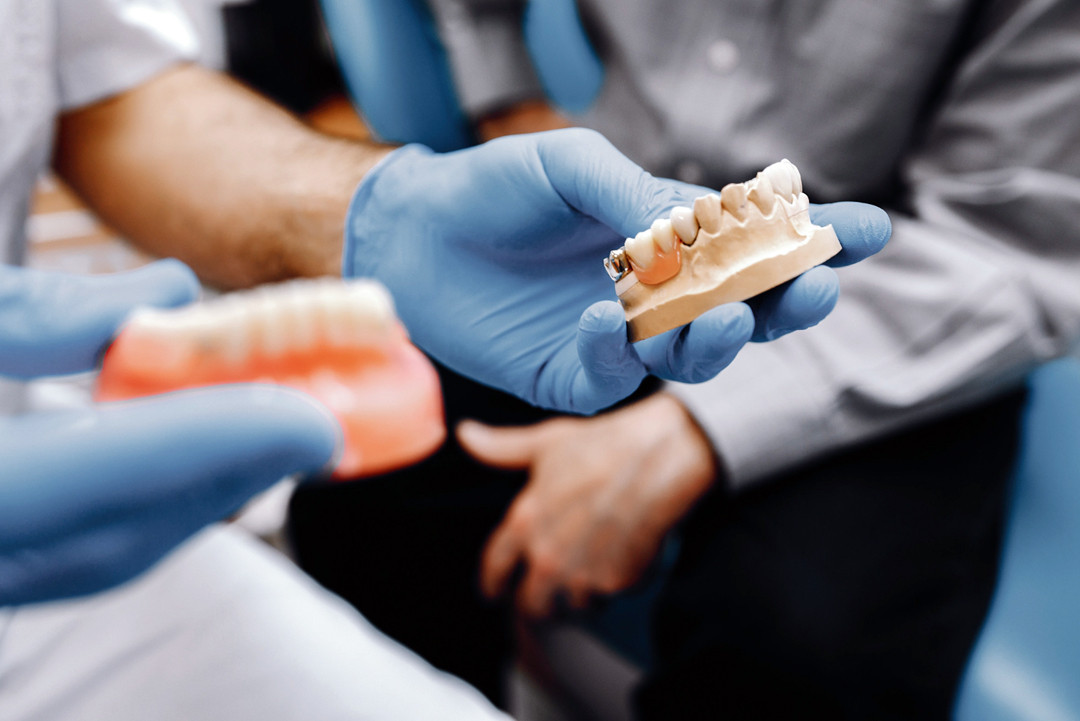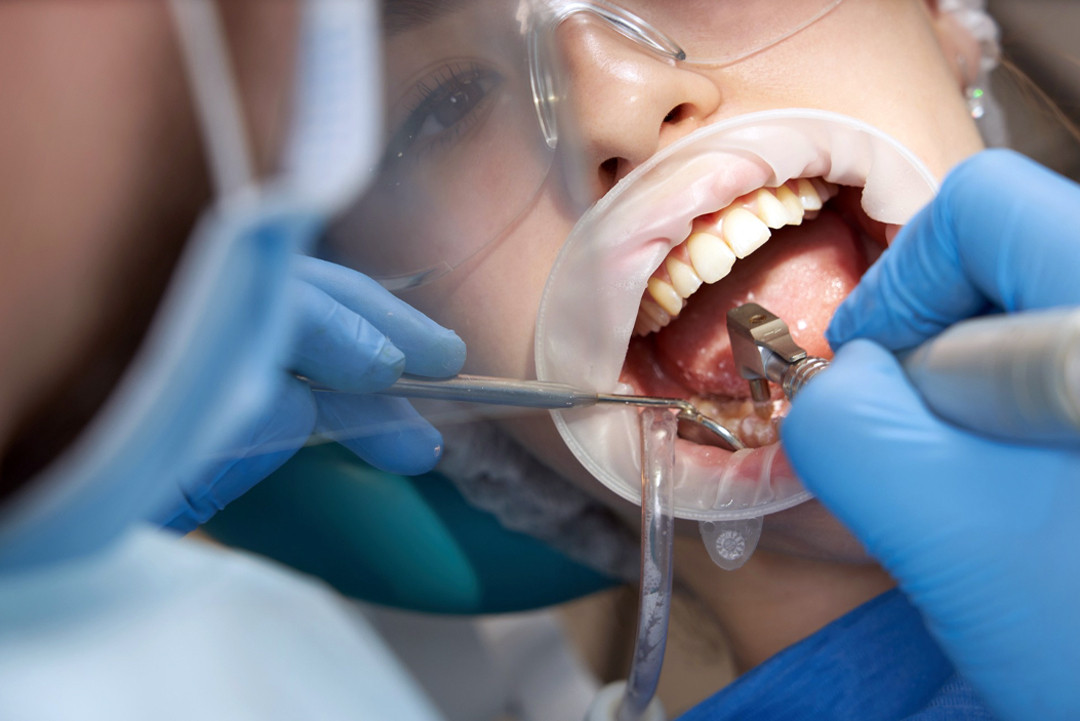Overview of Underwater and Hyperbaric Medicine
This specialty focuses on the medical and physiological effects of diving and hyperbaric environments. It addresses diving-related illnesses such as decompression sickness and non-diving conditions like carbon monoxide poisoning and non-healing wounds using hyperbaric oxygen therapy (HBOT).
Key Diving-Related Illnesses and Treatments
- Drowning
- Cause: Equipment failure or behavior underwater.
- Treatment: Emergency intervention to stabilize vital signs, followed by care and rehabilitation.
- Arterial Gas Embolism
- Cause: Air embolisms entering arteries due to ruptured pulmonary vessels.
- Symptoms: Neurological issues ranging from mild to severe, potentially life-threatening.
- Treatment: Emergency oxygen administration and advanced care in a hyperbaric center.
- Decompression Sickness (“The Bends”)
- Cause: Nitrogen bubbles forming due to rapid ascent.
- Symptoms: Joint pain, fatigue, paralysis, and unconsciousness.
- Treatment: 100% oxygen therapy and hyperbaric recompression.
- Nitrogen Narcosis
- Cause: High dissolved nitrogen levels affecting the nervous system.
- Symptoms: Confusion, euphoria, and impaired judgment.
- Treatment: Immediate ascent to a shallower depth.
- Hypothermia
- Cause: Exposure to cold water.
- Symptoms: Decreased body temperature, shivering, fatigue.
- Treatment: Warming, providing insulation, and administering warm fluids.
- Other Conditions
- Lung overexpansion injuries, barotrauma, and oxygen toxicity may also occur. Treatment requires expertise in hyperbaric medicine.
Non-Diving Applications of Hyperbaric Oxygen Therapy (HBOT)
- Non-Healing Wounds
- Conditions: Diabetic foot ulcers, pressure ulcers, venous stasis ulcers.
- Mechanism: Increases oxygen delivery to stimulate blood vessel growth, fight infections, and reduce inflammation.
- Carbon Monoxide Poisoning
- Cause: Toxic gas exposure.
- Treatment: HBOT displaces carbon monoxide from hemoglobin, restoring oxygen levels.
- Other Indications
- Radiation Injury: Treating damage from radiation therapy.
- Osteomyelitis: Chronic bone infections.
- Crush Injuries and Burns: Enhances healing and tissue regeneration.
- Neurological Conditions: Stroke, cerebral edema, traumatic brain injuries.
Advancements in Underwater and Hyperbaric Medicine
- Dive Planning Tools: Improved computerized tables for safer dives.
- New Research Areas: Exploring HBOT in diabetic foot syndrome, burns, and severe anemia.
- Emerging Technologies: Anticipated advancements in treatment efficacy and accessibility.
When to Consult a Specialist
- Persistent Symptoms After Diving: Joint pain, confusion, breathing issues.
- Exposure to Carbon Monoxide: Headache, dizziness, or fatigue.
- Chronic Wounds: Non-healing ulcers or radiation-induced injuries.
- Neurological Symptoms: Post-stroke care or traumatic brain injury.
For precise treatment and advanced care, consult an experienced specialist in underwater and hyperbaric medicine.

